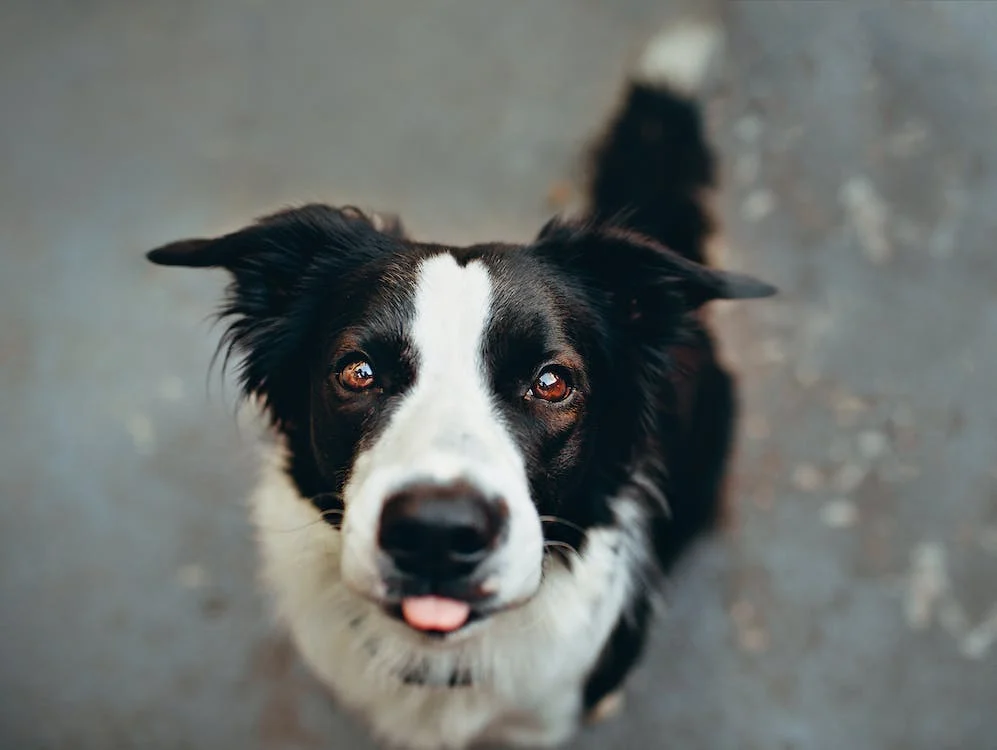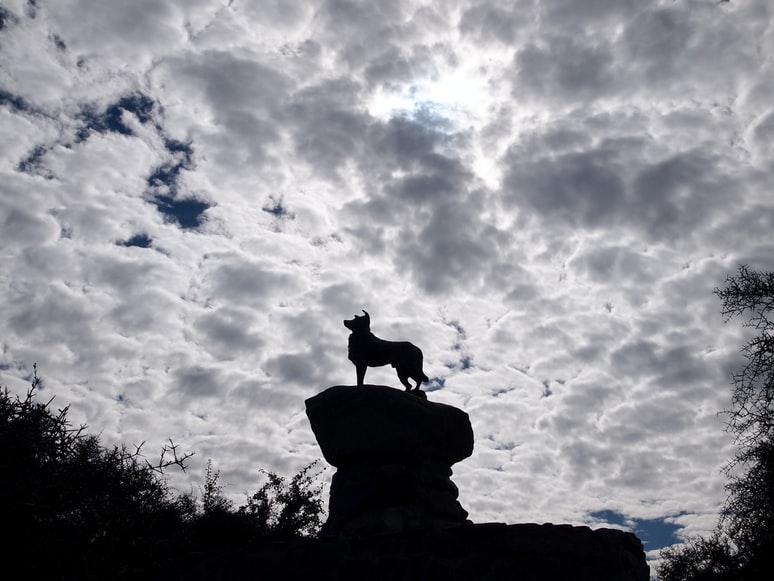Sheepdogs are known for their devotion and skill when it comes to working. They are always highly loyal towards their master, making sure to get the job done. The ideal sheepdog is a great combination of power, agility, and intelligence. These features clearly define the all-around working dog, the Portuguese Sheepdog.
The Portuguese Sheepdog is a breed that flaunts its incredible expertise in the field. As a sheepdog, it possesses excellent herding abilities, making it a significant companion when it comes to herding. Many shepherds admire this breed for its remarkable devotion to its work and loyalty. There are a lot of factors needed to find the ideal herding dog, but the Portuguese Sheepdog sure does have a lot of several qualities.
Interestingly, the Portuguese Sheepdog is not just known for its exceptional herding skills. Besides working with its shepherd, this breed also excels in other types of canine tasks, such as sports and guarding. This feature is possible thanks to the breed’s athleticism and superior intelligence. If you are looking for a breed that you can bring along in your indoor and outdoor activities, the Portuguese Sheepdog is suitable for the task. It is not just a mere working dog; it also possesses qualities that make it a lovable and trustworthy companion.
Origins of the Portuguese Sheepdog
As mentioned earlier, the Portuguese Sheepdog is known for its great traits and abilities in the field. Despite these incredible features found in this dog, its origins remain unclear for most breeders. One theory states that from the name itself, the breed had its origins in the central and southern areas of Portugal. There is no exact record as to when the breed started to exist, but speculations show that it has been around the Serra de Aires since the 20th century.
A known fact about the mountainous region is that it has been the place of origin for several other herding breeds, such as Pyrenean Shepherd and Catalan Sheepdog. It is believed that the Portuguese Sheepdog was a product of crossing the dogs found in the mountainous region.
Moreover, another theory suggests that Manuel Inacio de Castro Guimaraes imported several Briards from France during the early 20th century. He used the Briards to herd his flocks of sheep since the breed was widely known across Europe for its exceptional herding skills. However, the breed was not suitable for working in the country’s climate and terrain, which resulted in poor performance from the dogs. Because of this, Manuel decided to cross the Briards with Portuguese herding breeds, including the Catalan Sheepdog and Pyrenean Shepherd.
This theory is the most believed when it comes to the origins of the Portuguese Sheepdog. However, despite its popularity, there is also no solid evidence supporting this speculation. Interestingly, the breed’s characteristics showcase a strong resemblance with its so-called ancestors, making the theory more popular.
Over the years, the breed gradually gained recognition as a herding dog in the mountainous region. The breed’s population continued to grow and avoided a significant decline during the two World Wars. Despite avoiding the adverse effects of the war, the Portuguese still had a considerable decrease in their population after many years of urbanization – leaving the breed homeless and out of the map. Thankfully, it didn’t take long for breeders to take action and saved the breed from extinction.
Characteristics of the Portuguese Sheepdog
Height: 16.5 – 21.5 inches
Weight: 37.5 – 59 pounds
Life Expectancy: 12 – 13 years
Hypoallergenic: No
The Portuguese Sheepdog is quite a large dog but not big enough compared to mastiff-type dogs. It could stand up to more than twenty-one inches tall and weighs up to fifty-nine pounds. This size is ideal for herding dogs as it allows them to move quickly in the field. Aside from agility, this relatively large size of the Portuguese Sheepdog is also known for its sturdiness.
When it comes to the breed’s appearance, you would quickly notice its beautiful coat. A long coat that has a goat-like texture covers the dog’s body. It varies in appearance, wherein it could be wavy or straight, and also comes in various colors: yellow, brown, fawn, and grey.


